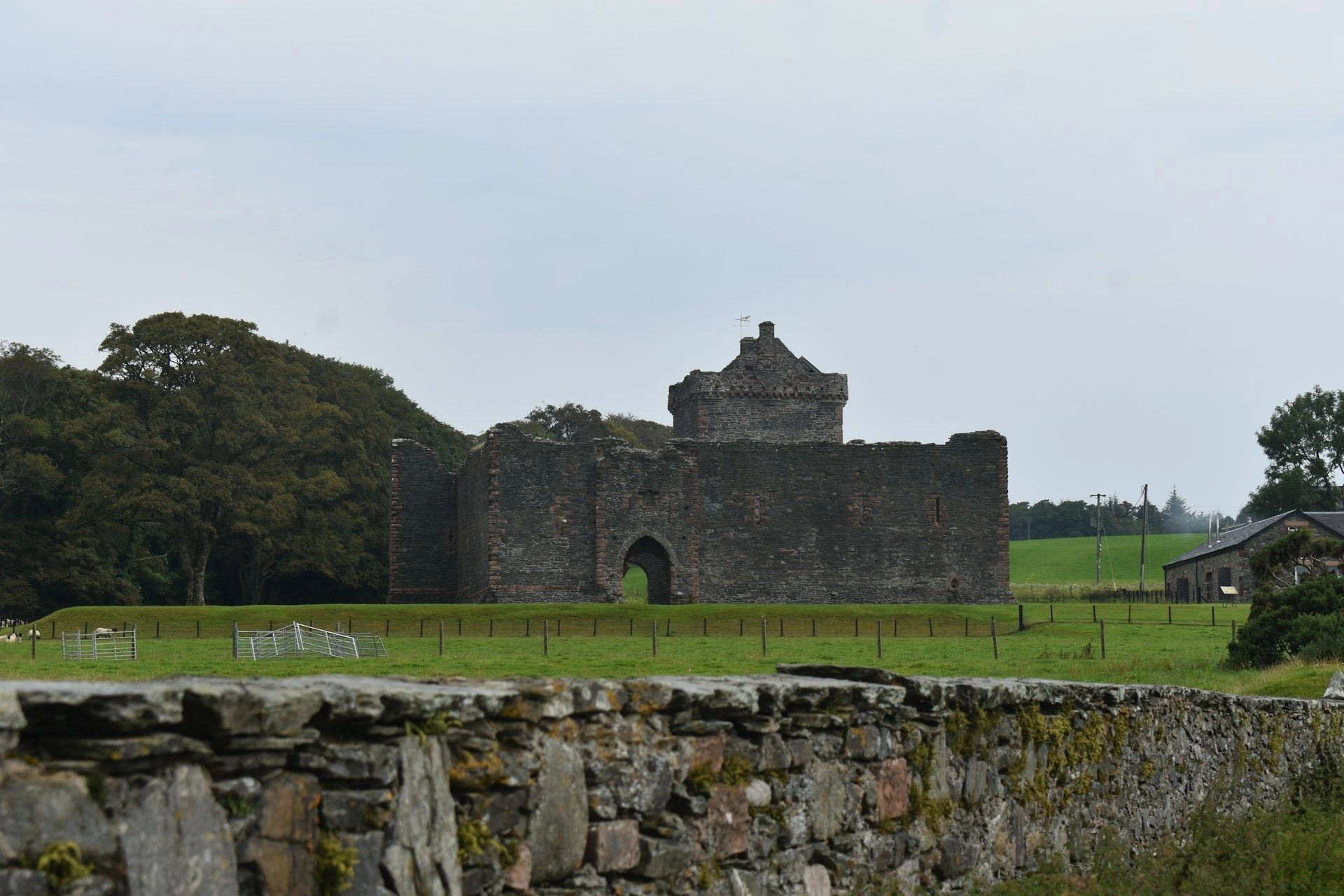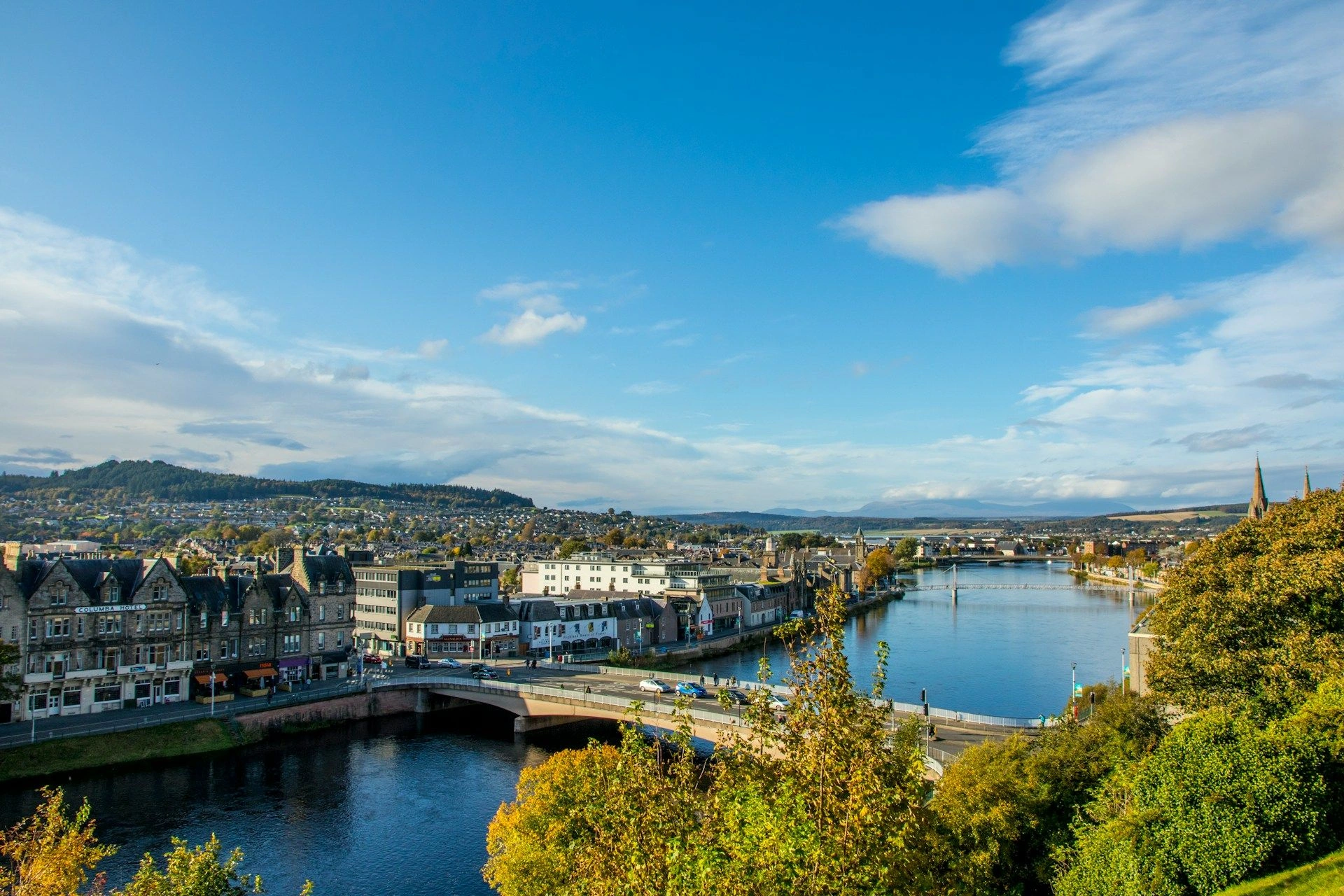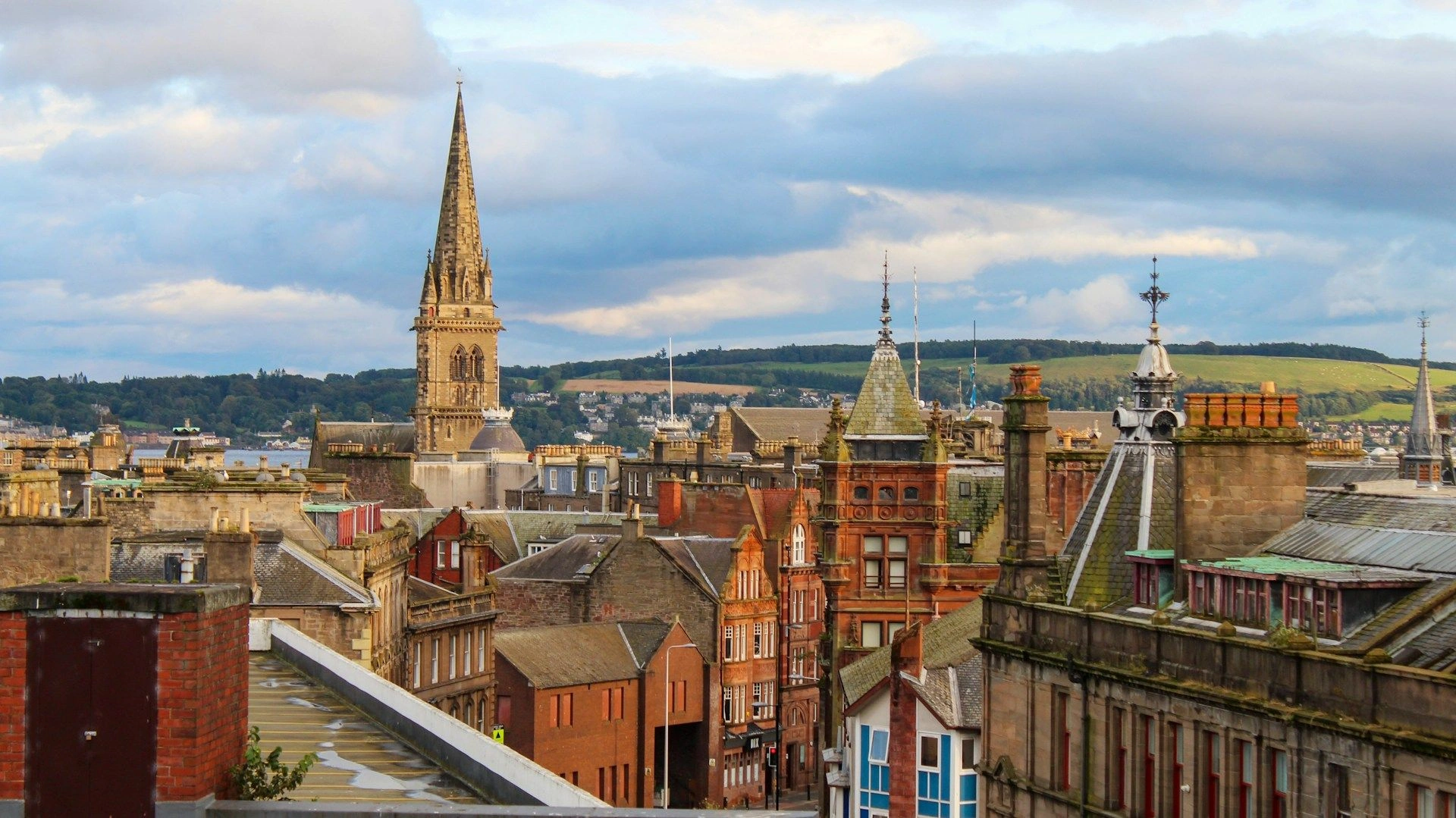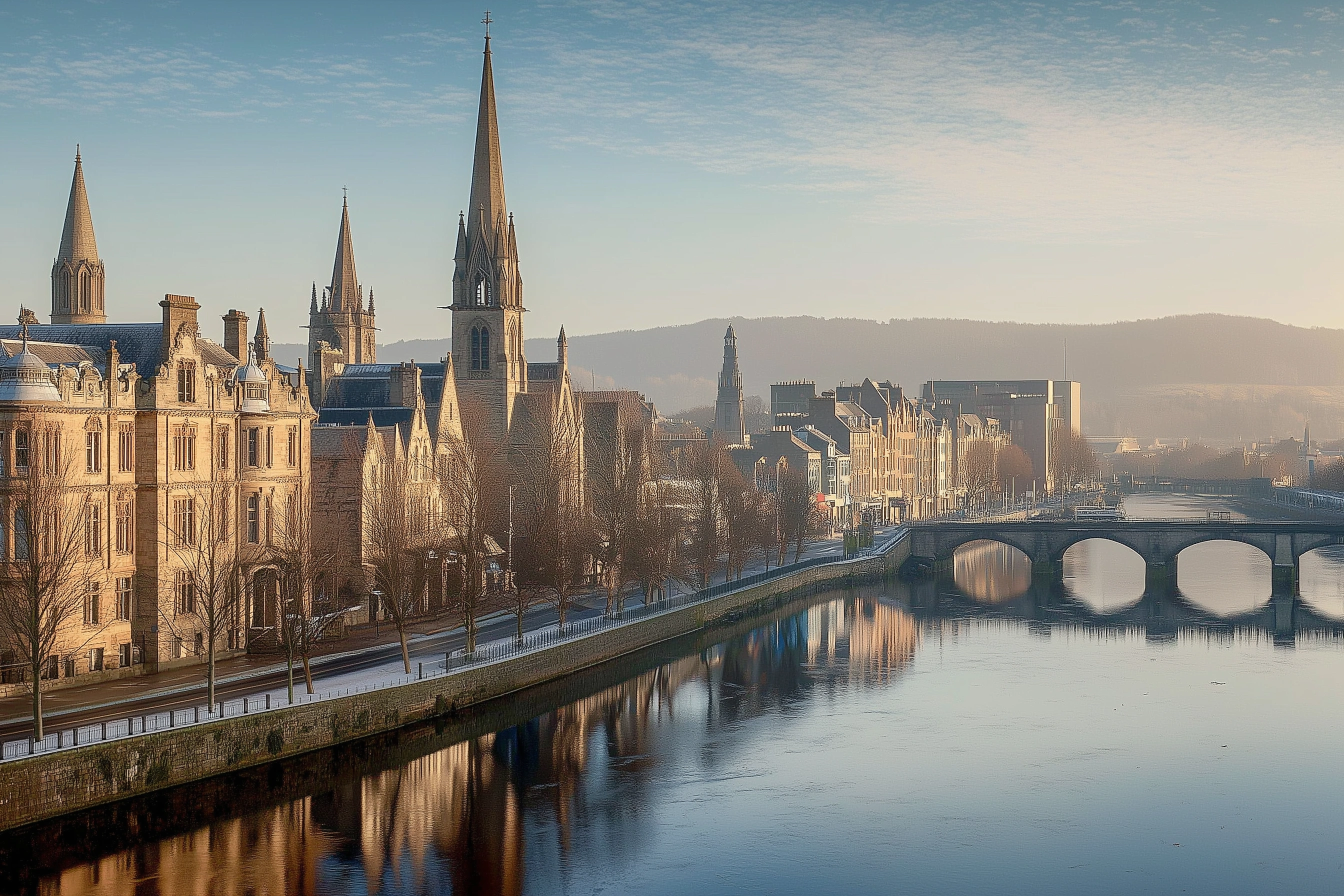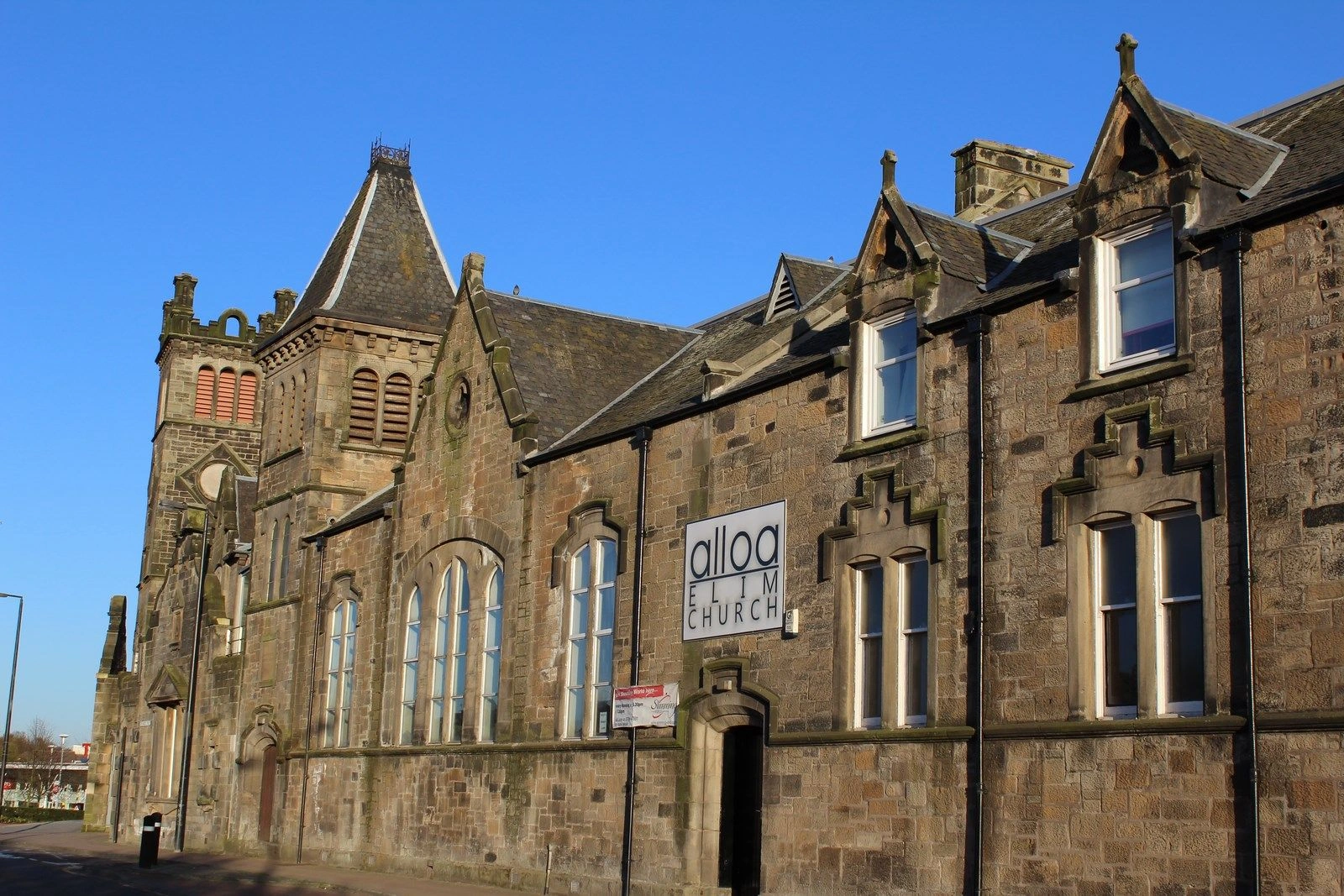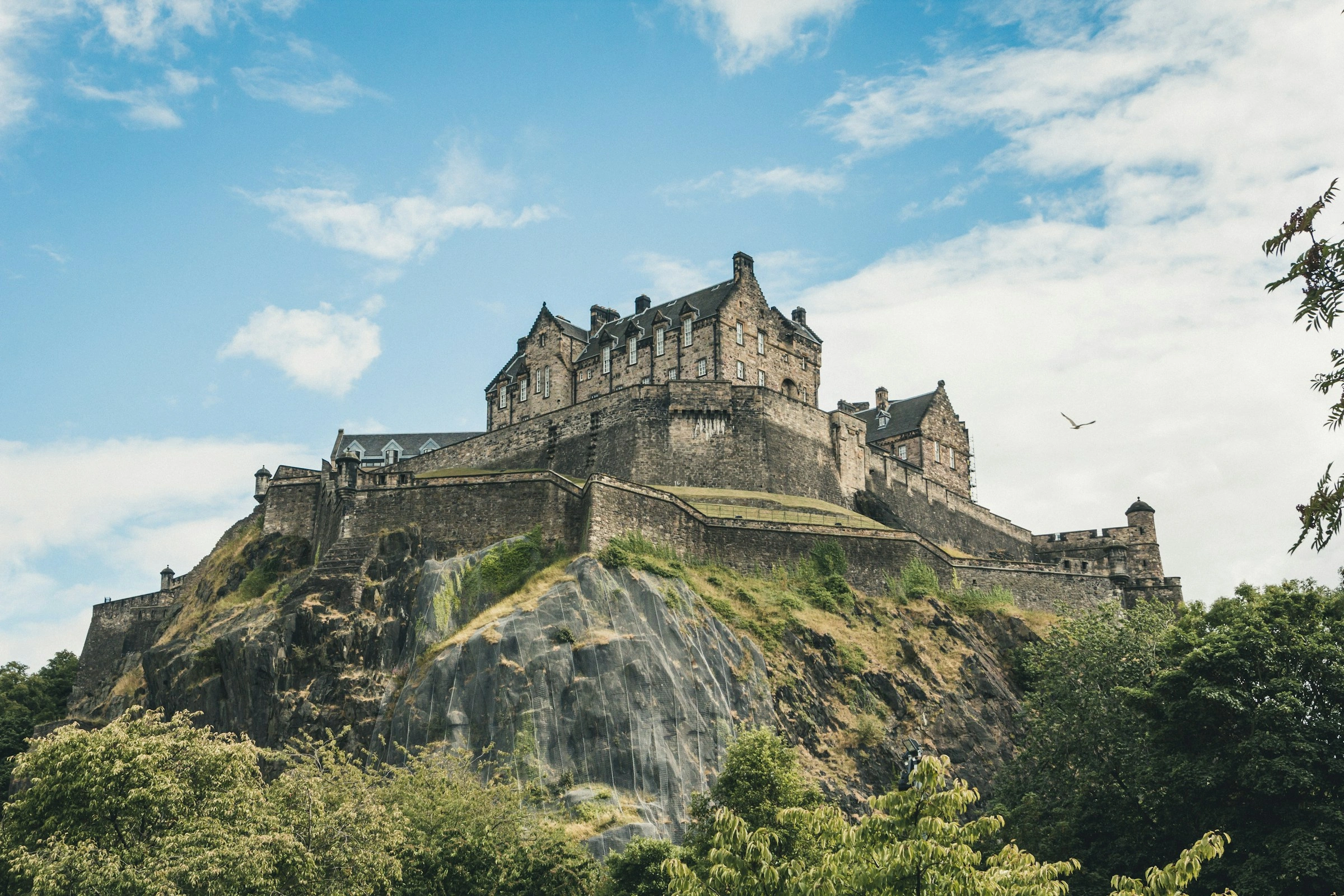Turnkey Investment Properties in ScotlandStone towns, green hillsand buyer stability
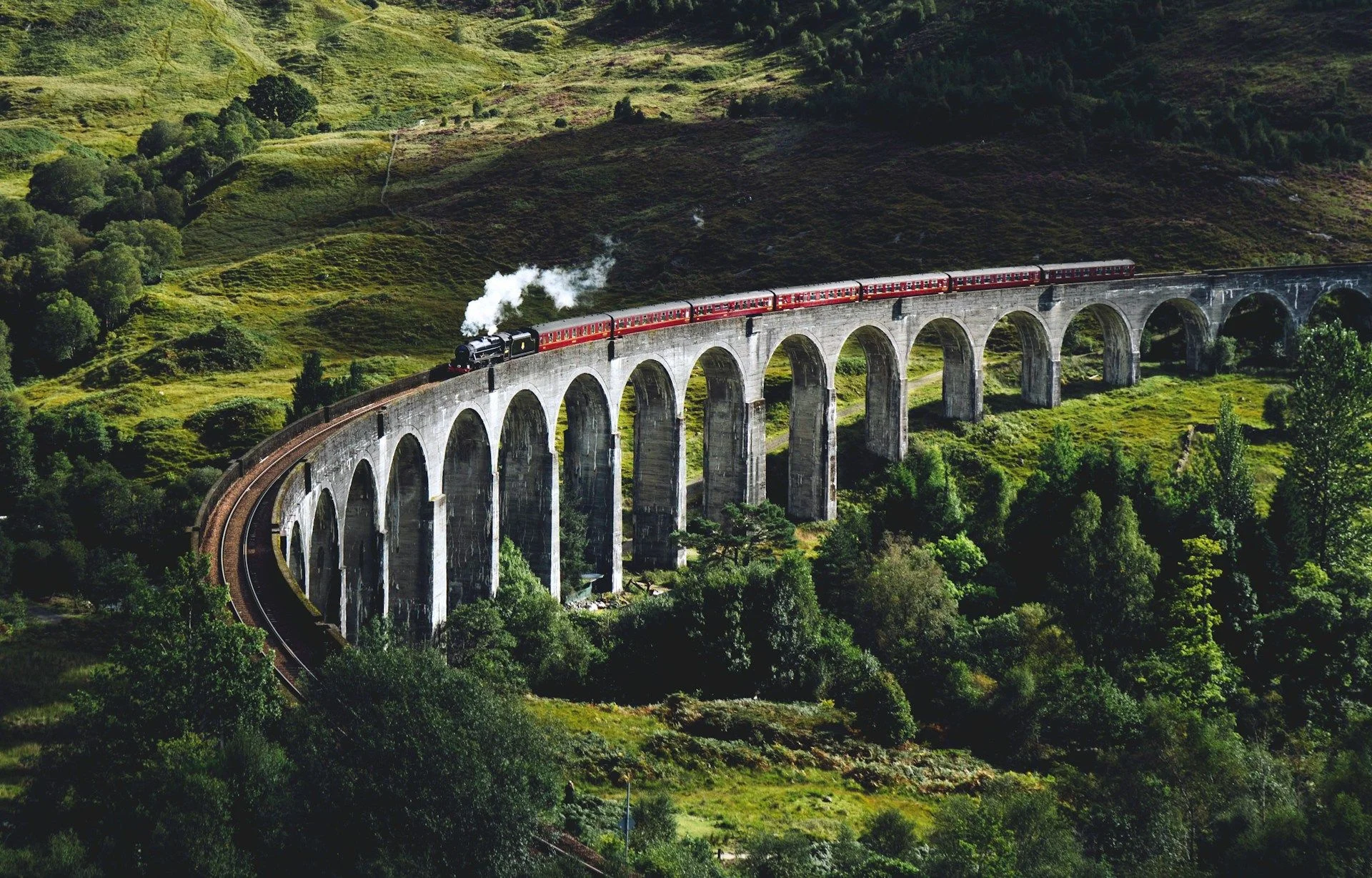
Popular
cities and regions in Scotland
Best offers
in Scotland
Benefits of investment in
Scotland real estate
Heritage homes with modern demand
Edinburgh and Glasgow combine history with high tenant interest — ideal for long-term buy-to-hold.
Education and tourism keep demand steady
Universities and global festivals create year-round rental activity.
Full ownership and flexible use
Scotland offers clear rights and flexibility for both primary and income-generating use.
Heritage homes with modern demand
Edinburgh and Glasgow combine history with high tenant interest — ideal for long-term buy-to-hold.
Education and tourism keep demand steady
Universities and global festivals create year-round rental activity.
Full ownership and flexible use
Scotland offers clear rights and flexibility for both primary and income-generating use.

Useful articles
and recommendations from experts
Real Estate in Scotland: Tradition, Ownership, and Investment Potential
Why Invest in Property in Scotland
Scotland offers a unique and attractive real estate market within the United Kingdom, combining rich cultural heritage, strong legal protections, and diverse property landscapes — from historic stone cottages and urban flats to expansive rural estates and Highland crofts. With Edinburgh and Glasgow attracting both domestic and international buyers, and Scotland’s countryside appealing to retirees and lifestyle seekers, investors benefit from legal transparency, stable demand, and a mix of residential and land-based investment opportunities. The property market is open to foreign nationals with no ownership restrictions, and prices remain more affordable than in London or the Southeast of England.
Types of Property and Permitted Uses
Scotland’s property market includes various residential and land ownership formats, each suitable for different buyer profiles:
- Urban Apartments and Flats: Common in Edinburgh, Glasgow, Aberdeen. Often in period buildings with modern refurbishments.
- Detached and Semi-Detached Houses: Available in cities and suburban areas with private gardens and multiple bedrooms.
- Crofts and Cottages: Rural homes, sometimes with small landholdings used for hobby farming or countryside living.
- Castles and Estates: Large historic properties with heritage value. Often require maintenance and may offer tourism potential.
- Land Plots: Freehold land for residential, agricultural, forestry, or sporting use. Many investors buy land for future development or as lifestyle holdings.
Legal Framework and Ownership for Foreigners
Scotland’s legal system is distinct from England and Wales, based on Scots law. However, it remains highly transparent and favorable to buyers, including international investors:
- No Ownership Restrictions: Foreigners can freely buy property and land in Scotland, either in personal names or via companies.
- Freehold Ownership: Known as “heritable title” in Scotland. Buyers own the property and land indefinitely.
- Leasehold Property: Rare in Scotland. Most residential properties are freehold.
- Solicitor Role: Mandatory in every transaction. A Scottish solicitor conducts due diligence, handles contracts, and registers the title.
- Land Registry: Title registration is with the Registers of Scotland. Digital systems ensure clarity of ownership and history.
Property Prices and Market Trends
Compared to England, Scottish real estate remains relatively affordable, especially outside of Edinburgh. Market resilience and price growth are driven by strong rental demand, lifestyle migration, and limited supply of unique rural or heritage properties.
| Location | Average Apartment Price | Average House Price |
|---|---|---|
| Edinburgh | £270,000 – £450,000 | £400,000 – £1.2M+ |
| Glasgow | £160,000 – £300,000 | £250,000 – £750,000 |
| Aberdeen | £150,000 – £250,000 | £220,000 – £600,000 |
| Scottish Highlands | £120,000 – £220,000 | £180,000 – £700,000 |
| Isle of Skye / Hebrides | £130,000 – £200,000 | £200,000 – £500,000 |
Urban areas are experiencing steady capital appreciation, while rural homes attract premium pricing from overseas buyers seeking remote lifestyles or vacation retreats.
Rental Yields and Investment Opportunities
Rental markets in Scotland are strong, particularly in city centers and university towns. Common strategies include:
- Buy-to-Let in Edinburgh or Glasgow: Yields typically range from 4% to 6%, with higher returns possible for HMOs (houses in multiple occupation).
- Holiday Lets in Highlands and Islands: Properties in scenic locations like Skye or Fort William can generate 8%–10% annually during tourist season via platforms like Airbnb.
- Student Housing: Investing near campuses (e.g., University of Edinburgh or Glasgow) ensures consistent demand and long-term tenancies.
- Land Banking: Acquiring plots for future development or speculative resale.
Best Locations to Buy Property
Scotland’s diverse regions cater to different investment profiles:
- Edinburgh: Capital city with strong rental demand, luxury market segments, and historic properties in Old and New Town.
- Glasgow: Larger and more affordable than Edinburgh, with strong cultural institutions and an emerging tech/creative economy.
- Aberdeen: Oil & gas hub with long-term value and interest from international professionals.
- Scottish Highlands: Ideal for remote living, holiday lets, or retreat-style developments. Inverness is a central hub.
- Islands (Skye, Orkney, Hebrides): Remote beauty and unique culture, attractive for eco-tourism and lifestyle buyers.
Taxation and Purchase Costs
Several taxes and fees apply when purchasing property in Scotland:
- Land and Buildings Transaction Tax (LBTT): Replaces stamp duty. Rates range from 0% to 12%, depending on price. An Additional Dwelling Supplement of 6% applies for second homes or investments.
- Legal Fees: Typically £1,000–£2,500, depending on transaction complexity.
- Property Valuation and Survey: Required for mortgage purposes and often part of buyer’s due diligence (~£400–£1,000).
- Annual Council Tax: Paid by residents or tenants. Varies by band and location.
- Capital Gains Tax (CGT): Payable on gains when selling investment properties. Foreign owners are liable under UK tax law.
Residency and Property Ownership
Buying property in Scotland does not confer residency rights, but ownership supports visa applications for extended stays or study. Residency options include:
- Standard Visitor Visa: Allows up to 6 months per visit. Owning property may help demonstrate ties.
- Investor or Innovator Visa (UK-wide): Requires business investment, not just property.
- Student and Work Visas: Long-term tenants often become future buyers once established in the UK.
Scotland remains part of the UK visa system, though local political movements support greater autonomy and future policy changes may affect residency rules.
Infrastructure and Accessibility
Scotland offers strong infrastructure and public services, even in rural zones:
- Airports: International flights operate from Edinburgh, Glasgow, and Aberdeen.
- Road and Rail: Efficient rail lines connect major cities. Rural areas are accessed via national roads or ferries.
- Healthcare: Free NHS coverage for residents. Private healthcare available in urban centers.
- Education: World-class universities (Edinburgh, Glasgow, St Andrews) and strong primary/secondary school system.
- Internet Access: Urban areas enjoy high-speed broadband. Rural regions have improving connectivity under national programs.
Risks and Considerations
Scotland’s property market is generally stable, but buyers should consider:
- Weather and Access: Remote areas may experience harsh winters and limited transport during certain months.
- Additional Taxes: Second-home surcharge (ADS) affects all non-primary residences.
- Maintenance of Heritage Properties: Older homes may require regular repairs or compliance with conservation rules.
- Currency Exposure: Non-GBP buyers should consider exchange rate fluctuations.
Conclusion: A Market Rooted in Heritage and Opportunity
Scotland stands out as a unique and reliable market for real estate investment. With robust legal protections, flexible ownership for foreigners, and diverse property types — from urban flats to lochside estates — investors gain access to capital appreciation, rental income, and a culturally rich environment. Whether you're a lifestyle buyer seeking Highland tranquility or an investor targeting city rental returns, Scotland offers a balanced and historically resilient property landscape that is both rooted in tradition and open to modern opportunity.
